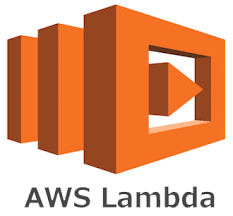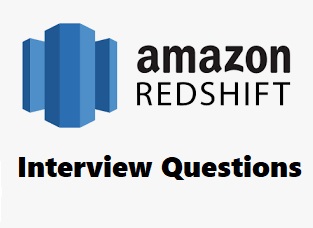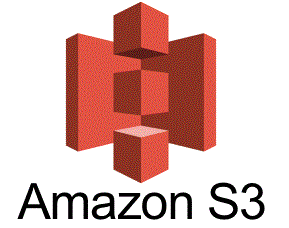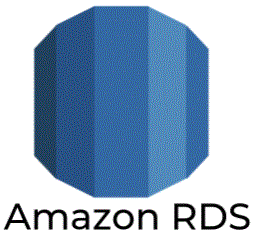99. How can I use Container Image Support for AWS Lambda?
You can start with either an AWS provided base images for Lambda or by using one of your preferred community or private enterprise images. Then, simply use Docker CLI to build the image, upload to Amazon ECR, and then create the function by using all familiar Lambda interfaces and tools, such as the AWS Management Console, the AWS CLI, the AWS SDK, AWS SAM and AWS CloudFormation.
100. What AWS Lambda features are available to functions deployed as container images?
All existing AWS Lambda features, with the exception of Lambda layers and Code Signing, can be used with functions deployed as container images. Once deployed, AWS Lambda will treat an image as immutable. Customers can use container layers during their build process to include dependencies.
101. Will AWS Lambda patch and update my deployed container image?
Not at this time. Your image, once deployed to AWS Lambda, will be immutable. The service will not patch or update the image. However, AWS Lambda will publish curated base images for all supported runtimes that are based on the Lambda managed environment. These published images will be patched and updated along with updates to the AWS Lambda managed runtimes. You can pull and use the latest base image from DockerHub or Amazon ECR Public, re-build your container image and deploy to AWS Lambda via Amazon ECR. This allows you to build and test the updated images and runtimes, prior to deploying the image to production.
102. What is the Lambda Runtime Interface Emulator (RIE)?
The Lambda Runtime Interface Emulator is a proxy for Lambda’s Runtime API which allows customers to locally test their Lambda function packaged as a container image. It is a lightweight web-server that converts HTTP requests to JSON events and emulates the Lambda Runtime API. It allows you to locally test your functions using familiar tools such as cURL and the Docker CLI (when testing functions packaged as container images). It also simplifies running your application on additional compute services. You can include the Lambda Runtime Interface Emulator in your container image to have it accept HTTP requests natively instead of the JSON events required for deployment to Lambda. This component does not emulate Lambda’s orchestrator, or security and authentication configurations. The Runtime Interface Emulator is open sourced on GitHub. You can get started by downloading and installing it on your local machine.
103. Why do I need the Lambda Runtime Interface Emulator (RIE) during local testing?
The Lambda Runtime API in the running Lambda service accepts JSON events and returns responses. The Lambda Runtime Interface Emulator allows the function packaged as a container image to accept HTTP requests during local testing with tools like cURL, and surface them via the same interface locally to the function. It allows you to use the docker run or docker-compose up command to locally test your lambda application.
104. What function behaviors can I test locally with the emulator?
You can use the emulator to test if your function code is compatible with the Lambda environment, runs successfully and provides the expected output. For example, you can mock test events from different event sources. You can also use it to test extensions and agents built into the container image against the Lambda Extensions API.
105. How do I deploy AWS Lambda function code written in Node.js?
To deploy a Lambda function written in Node.js, simply package your Javascript code and dependent libraries as a ZIP. You can upload the ZIP from your local environment, or specify an Amazon S3 location where the ZIP file is located.










